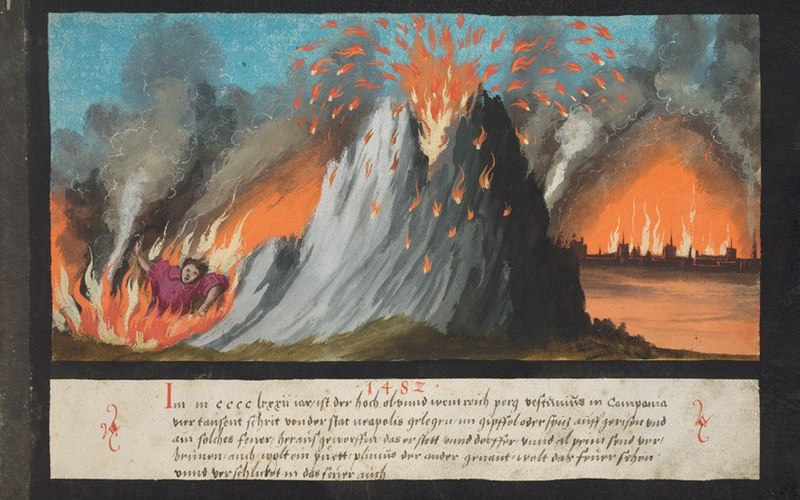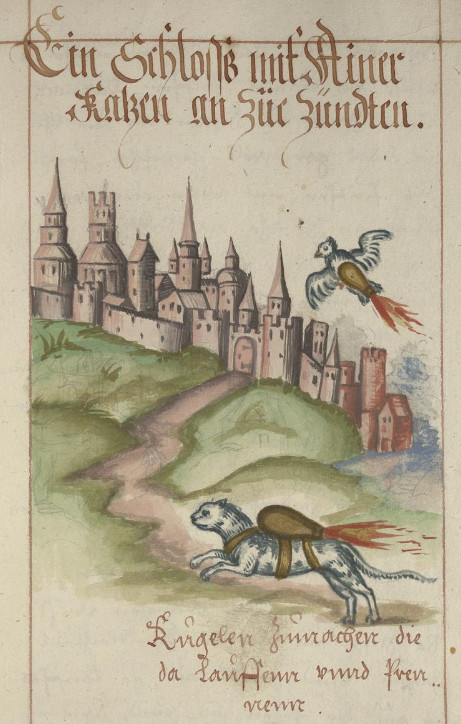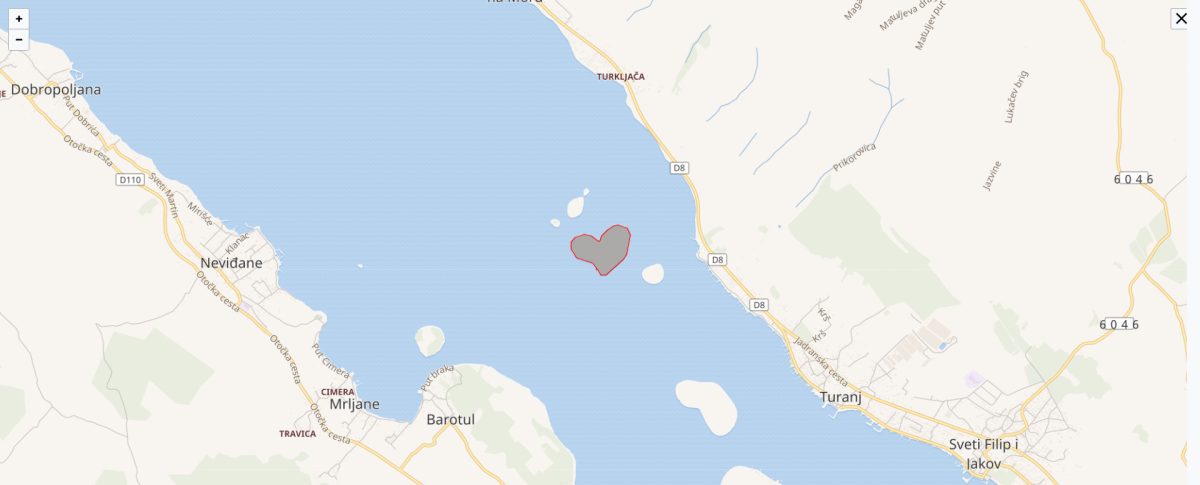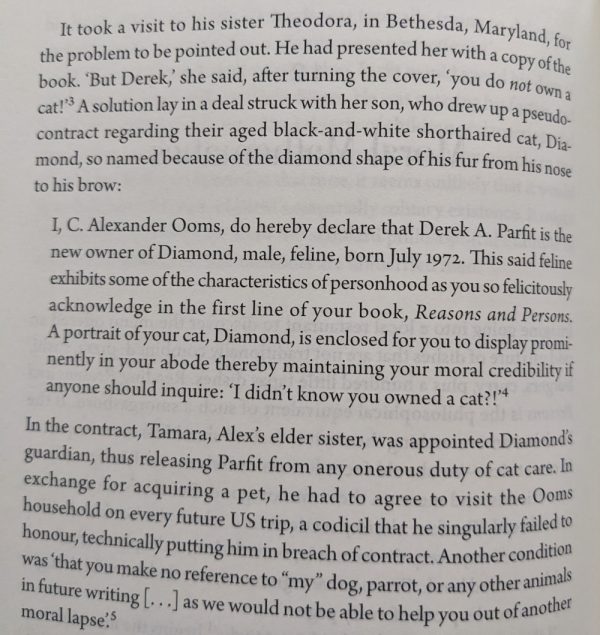Oddities
Cause and Effect
When we are praying about the result, say, of a battle or a medical consultation, the thought will often cross our minds that (if only we knew it) the event is already decided one way or the other. I believe this to be no good reason for ceasing our prayers. The event certainly has been decided — in a sense it was decided ‘before all worlds.’ But one of the things taken into account in deciding it, and therefore one of the things that really causes it to happen, may be this very prayer that we are now offering. Thus, shocking as it may sound, I conclude that we can at noon become part causes of an event occurring at ten a.m.
— C.S. Lewis, Miracles, 1947
Lewis adds, “Some scientists would find this easier than popular thought does.” In his 2016 book Time Machine Tales, physicist Paul J. Nahin writes, “It is a view that does find much support in the block universe interpretation of Minkowskian spacetime. Lewis never mentions the block concept by name, but it is clear that he believed in the idea of God being able to see all of reality at once.” See Asking Back.
In a Word

argute
adj. sharp, as a taste
missment
n. a mistake, an error
mauvais quart d’heure
n. a short period of time which is embarrassing and unnerving
deligible
adj. worthy to be chosen
The label on Angostura bitters is larger than the bottle. When company founder Johann Siegert died, his sons planned to enter the tonic in a competition and divided the preparatory work between them. One oversaw the design of a new bottle, the other of a new label. They failed to coordinate the work, and by the time the mismatch was apparent they had no choice but to use the oversize labels. The oddity was so distinctive that it’s been retained as a branding measure.
(Thanks, Colin.)
The Augsburg Book of Miracles

What is this? A mysterious illuminated manuscript seems to have appeared in Augsburg, Germany, around 1550, but no one knows who created it or for whom. The name of Augsburg printmaker Hans Burgkmair appears on one page, so he’s thought to be a contributor, but the manuscript contains no introduction, title page, table of contents, or dedication; instead it launches directly into a catalog of divine wonders and marvels of nature, each illustrated in full color.
“The manuscript is something of a prodigy in itself, it must be said,” wrote Marina Warner in the New York Review of Books in 2014. “[I]ts existence was hitherto unknown, and silence wraps its discovery; apart from the attribution to Augsburg, little is certain about the possible workshop, or the patron for whom such a splendid sequence of pictures might have been created.” Here it is.
Front Matter
David B. Lewis’ 1983 book Eureka!: Math Fun From Many Angles begins with this notice:
Errata
1. There are no mistakes in this book. The above should read ‘Erratum.’
Is the correction a mistake or not?
All’s Fair

The Feuer Buech, a 1584 treatise on munitions by Franz Helm, contains a startling illustration: a cat and a bird approaching a town, each bearing a lighted explosive.
The image accompanies a section titled “To set fire to a castle or city which you can’t get at otherwise”; Penn curator Mitch Fraas translates the relevant section:
Create a small sack like a fire-arrow … if you would like to get at a town or castle, seek to obtain a cat from that place. And bind the sack to the back of the cat, ignite it, let it glow well and thereafter let the cat go, so it runs to the nearest castle or town, and out of fear it thinks to hide itself where it ends up in barn hay or straw it will be ignited.
Fortunately it appears this was never carried into practice … though possibly birds have been used for this purpose in Russia.
In a Word

rarachose
adj. rare, unusual
selcouth
adj. extraordinary in appearance
cordate
adj. heart-shaped
trothplight
n. engagement to be married
The Croatian islet Galešnjak, in the Pašman Canal of the Adriatic Sea, is one of the few naturally occurring heart-shaped objects in the world.
It’s uninhabited, but the family that owns it provides facilities for engagements and weddings.
The Hollow Face Illusion
The concave side of a mask can produce the strong impression of a normal convex face. Our bias toward seeing faces as convex is so strong that we’ll favor this impression despite available cues that the object is hollow.
The same principle underlies this mistrustful dragon.
Local News
The cemetery at Aurora, Texas, bears a notable marker from the state’s historical commission: “This site is also well known because of the legend that a spaceship crashed nearby in 1897 and the pilot, killed in the crash, was buried here.”
An April 1897 article by S.E. Haydon in the Dallas Morning News explains that “the airship which has been sailing through the country” had had a fatal accident in Aurora:
It was traveling due north, and much nearer the earth than ever before. Evidently some of the machinery was out of order, for it was making a speed of only ten or twelve miles an hour and gradually settling toward the earth. It sailed directly over the public square, and when it reached the north part of town collided with the tower of Judge Proctor’s windmill and went to pieces with a terrific explosion, scattering debris over several acres of ground, wrecking the windmill and water tank and destroying the judge’s flower garden.
The pilot, purportedly a Martian, was carrying papers bearing indecipherable hieroglyphics. The ship, “built of an unknown metal,” was “too badly wrecked to form any conclusion as to its construction or motive power.”
The story has been inspiring investigations for more than a century, but one item stands out. In a 1980 interview in Time magazine, 86-year-old Aurora resident Etta Pegues said that Haydon had invented the story “as a joke and to bring interest to Aurora. The railroad bypassed us, and the town was dying.”
(Thanks, Meaghan.)
Love and War

A hybrid image by Pablo Carlos Budassi. View it from a distance.


